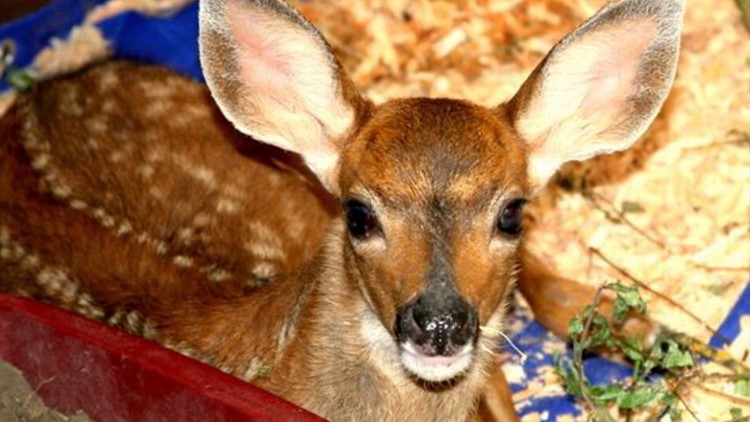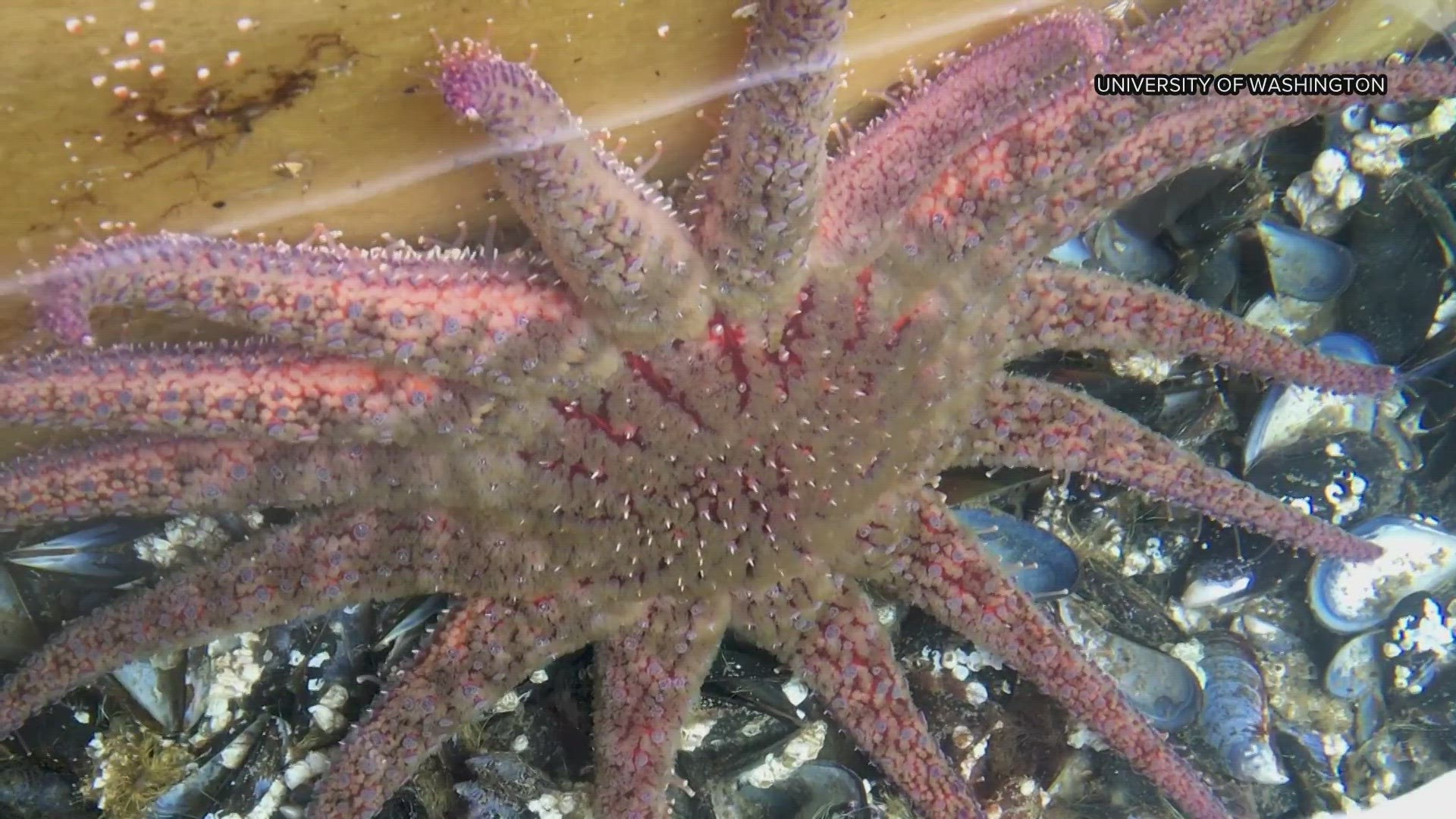After five months of consideration, the Washington Department of Fish and Wildlife and a rehabilitation center in south Thurston County released 11 young deer into the wild.
Claudia and David Supensky, owners of For Heaven's Sake Animal Rescue and Rehabilitation, transported eight deer from their facility in Rochester and released them on a private, thousand-acre preserve surrounded by wilderness. They released the other three nearby later in the day.
“We are grateful to WDFW for giving the 11 remaining fawn time for evaluation and approving them for release,” said Claudia in a statement. “We appreciate (WDFW Regional Wildlife Program Manager) Brian Calkins for including us during this process.”
This comes after wildlife managers euthanized three fawns and an elk calf in November 2017, at For Heaven's Sake Rescue and Rehabilitation. WDFW claimed the young animals had become too accustomed to humans to be able to re-integrate to the wild.
"The situation at the Rochester facility could have been avoided if the rehabilitators had limited human contact with the animals, weaned them sooner, and released them into the wild in accordance with state guidelines," said WDFW Wildlife Program Assistant Director Eric Gardner, in a press release from November 2017.
But Claudia said they took the necessary precautions to reduce wildlife interactions with humans and did not treat them like pets.
"Just blew my mind. I couldn't believe they could just come in and take them," she told KING 5 in November.
Calkins said in a recent statement the department agreed to consider other options for the deer remaining at the facility who were determined to be too tame to return to the wild.
“We looked at a variety of options, and ultimately decided that releasing the deer made the most sense,” Calkins said. “Our hope is that any of the deer that do not have a normal fear of humans will follow the lead of those that have retained their wild instincts,” Calkins said in a statement.
The department made an effort to find alternatives for the 11 remaining deer at the Rochester facility but could not find long-term placement. Washington State University expressed interest in taking a few of the deer for a nutritional study but eventually decided they were not well suited for the project.
Wildlife rehabilitation centers are specifically designed to prepare sick, injured, or orphaned wildlife to re-integrate to life in the wild, according to the WDFW’s website. To do this, caretakers must have specific training and licenses.
Still, the WDFW reports that 50 percent or more wildlife brought to rehabilitation facilities die or must be euthanized for a variety of reasons.



